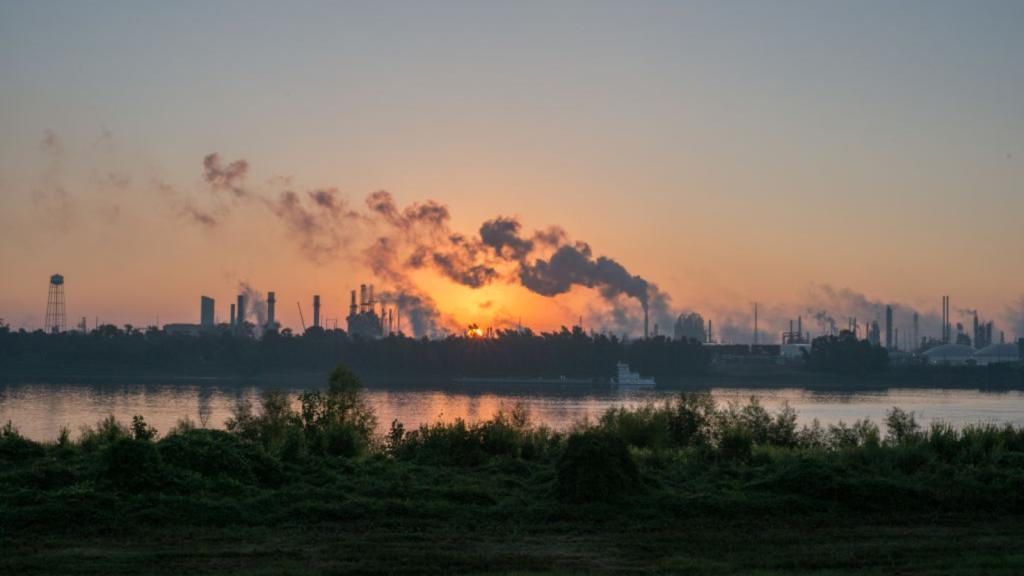We hear a lot about climate “tipping points” in the news. You may very well be wondering what a tipping point is and whether it’s something to be concerned about.
To understand a tipping point, imagine that you’re sitting in a canoe and you start to lean your body over one side. The canoe will slowly rotate (I think the nautical term is “list”) as you lean ever further — until, that is, you lean just far enough, and suddenly the canoe flips over, sending you into the water. You’ve just encountered a tipping point.
The worry is that the climate will slowly warm as CO2 is added — until we cross a tipping point, at which point the climate abruptly shifts into a new and possibly very different state. If this happens, it would likely be a disaster of Biblical proportions, unleashing unimaginable suffering and hardship.
The two most often talked about are a shutdown of the thermohaline circulation, which could cause a rapid cooling of Western Europe, or a disintegration of the West Antarctic Ice Sheet, which would raise sea levels by about 20 feet.
We have evidence that both these things have occurred in the past, so we must consider the possibility they could happen again. However, most scientists believe the chance that these or other tipping points will be reached this century is remote. Climate models do not predict their occurrence in the next century, nor do we have any direct evidence of an impending tipping point.
As a society, we are relatively good at dealing with obvious, near-term risks. One of the many challenges for policymakers is to construct a climate policy that accounts for low-risk but high-consequence events like climate tipping points.
What about people like Jim Hansen who say that we’re 10 years from a tipping point? They are using the term in a different way. What they’re saying is that if we take no action to reduce greenhouse-gas emissions within 10 years, we’ll pass some threshold where severe and possibly irreversible climate impacts will become unavoidable. This might be right (there is much uncertainty in the science behind it), but it is also quite different from the canoe-model tipping point.
Realclimate has a post on this topic that is also worth reading.

